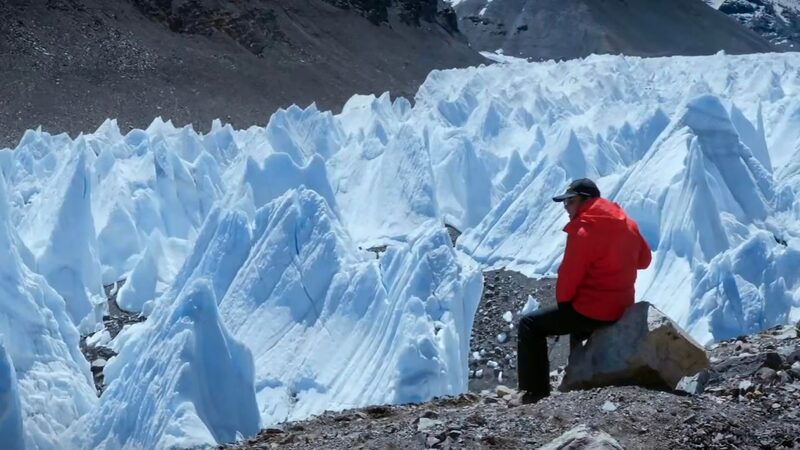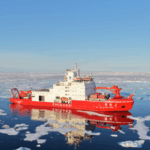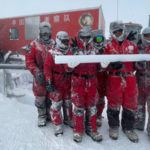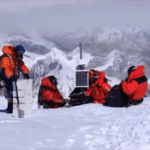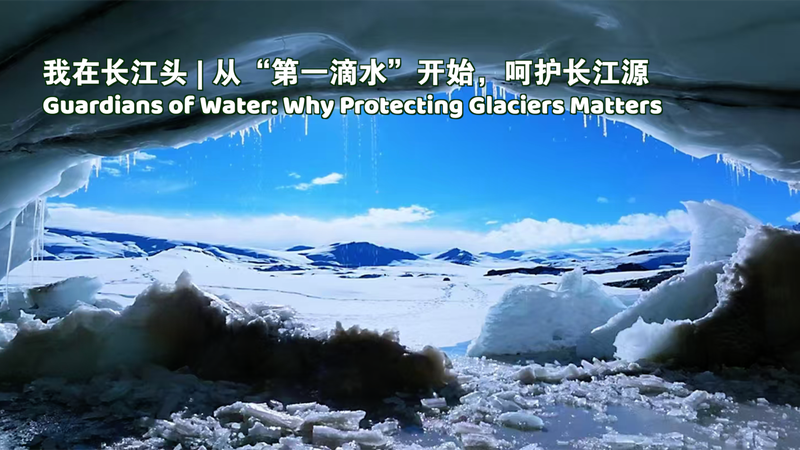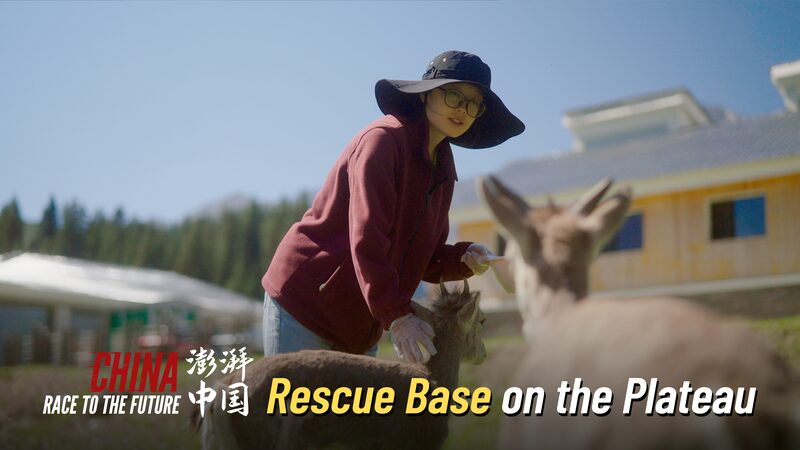🏔️ What does the roof of the world tell us about our planet’s future? For Xu Baiqing, a trailblazing scientist leading China’s Second Tibetan Plateau Scientific Expedition, the answer lies in ice cores extracted from Mt. Qomolangma’s dizzying heights.
🔬 Xu recently climbed nearly to the summit of Earth’s highest peak to gather frozen time capsules – ice layers that trap ancient air bubbles, pollutants, and climate data spanning millennia. “Every core is like opening a history book written in ice,” he says.
🌍 For over 20 years, Xu has braved extreme altitudes and melting glaciers to study climate change. His latest mission highlights a truth as stark as the Himalayan slopes: even where humans can physically reach, scientific discovery remains limitless. “We’re decoding nature’s archives to protect tomorrow,” he explains.
💡 Why does this matter? The expedition’s findings could reshape global climate models, offering clues about rising temperatures and environmental shifts. For young explorers and future-focused minds, Xu’s work proves that science isn’t just labs and data – it’s adventure with purpose. 🧊✨
Reference(s):
cgtn.com
